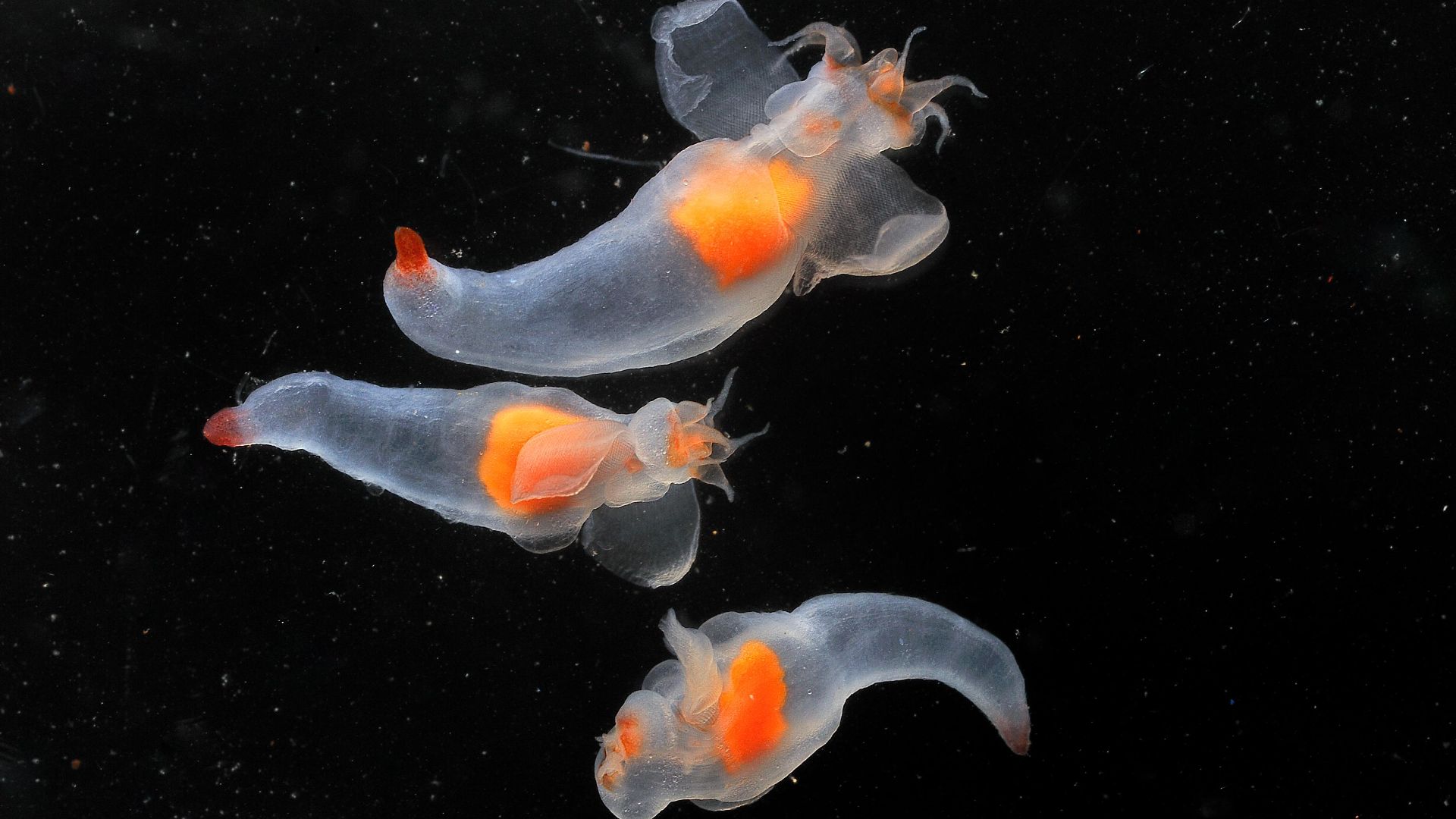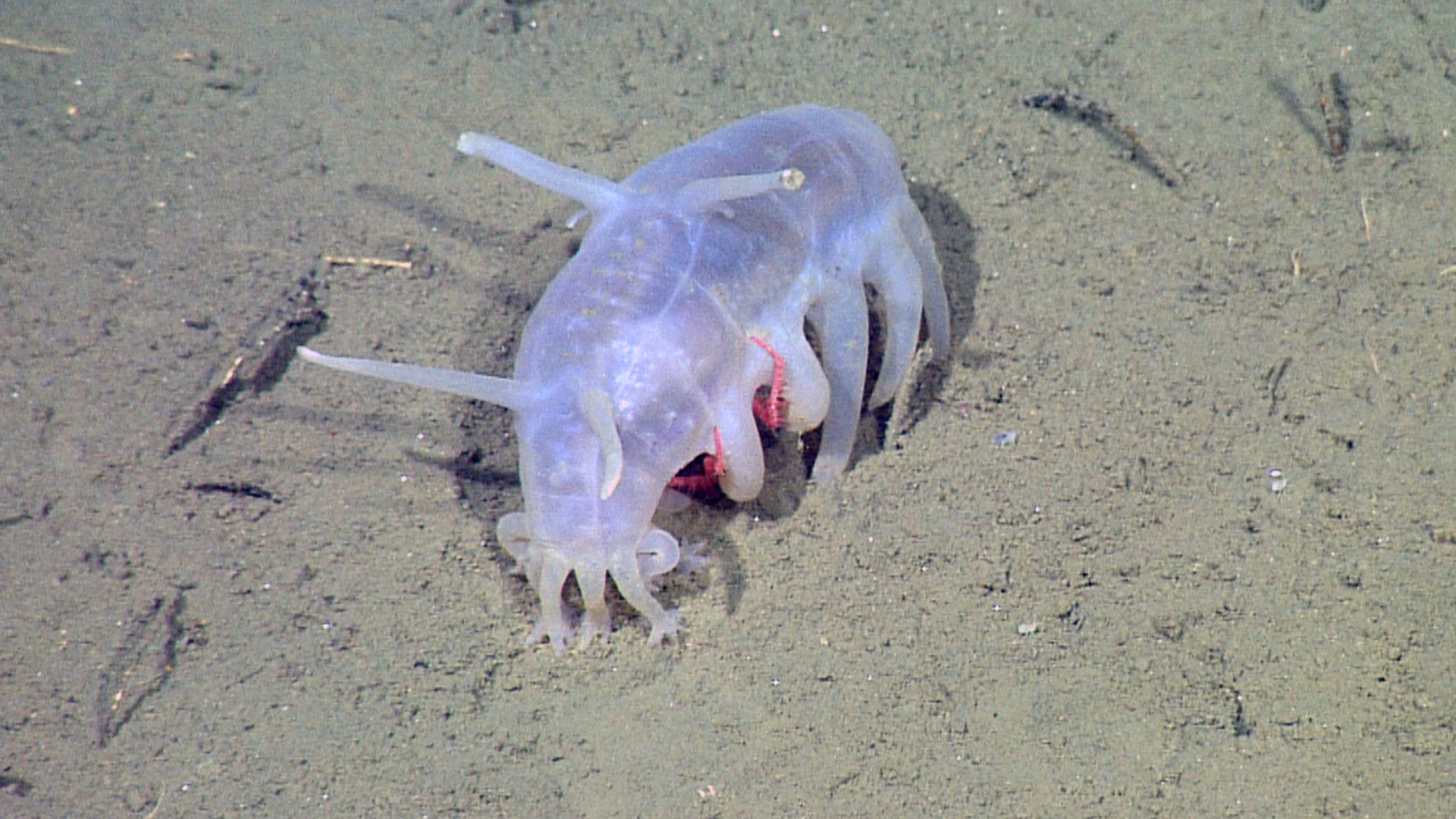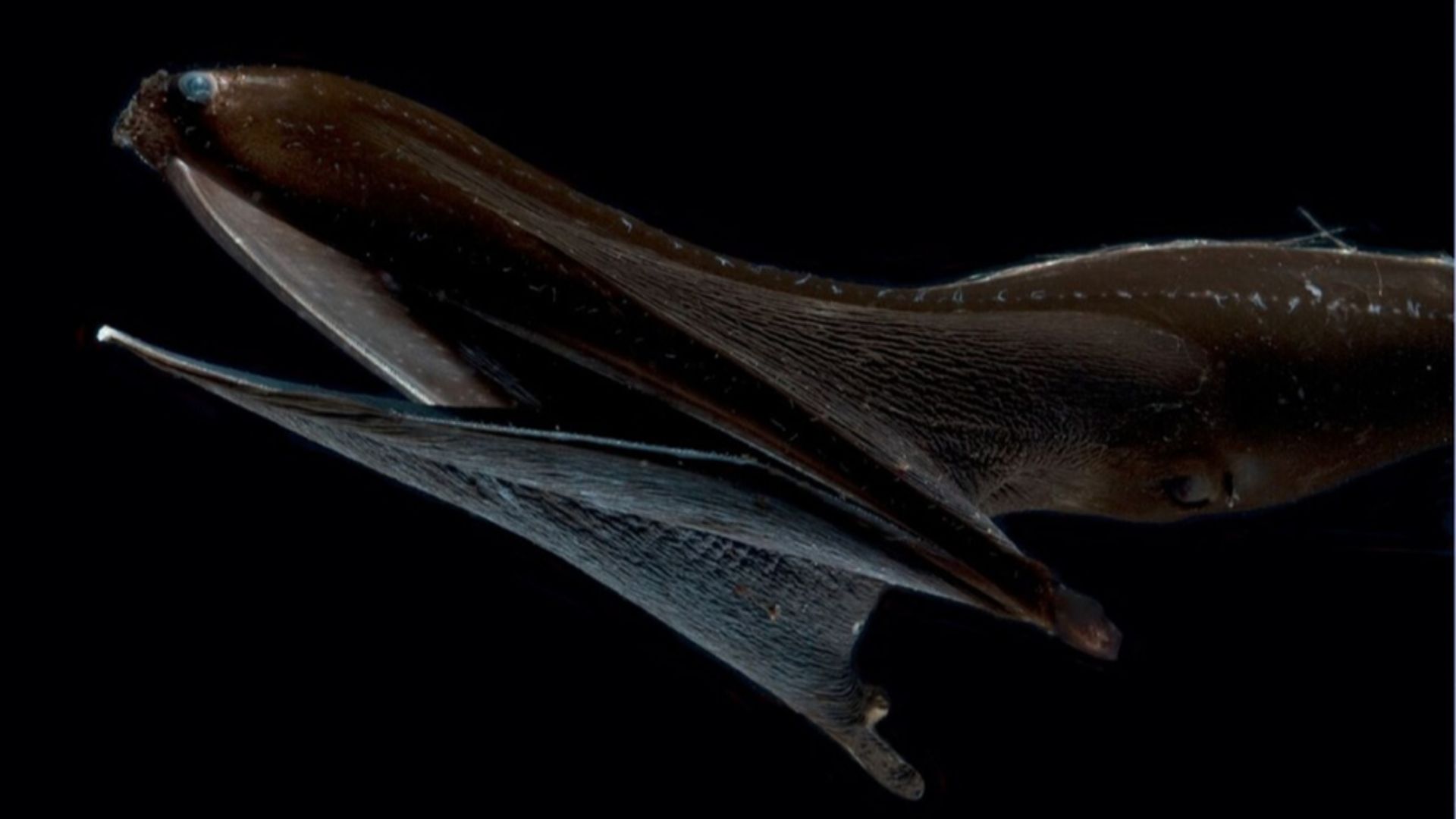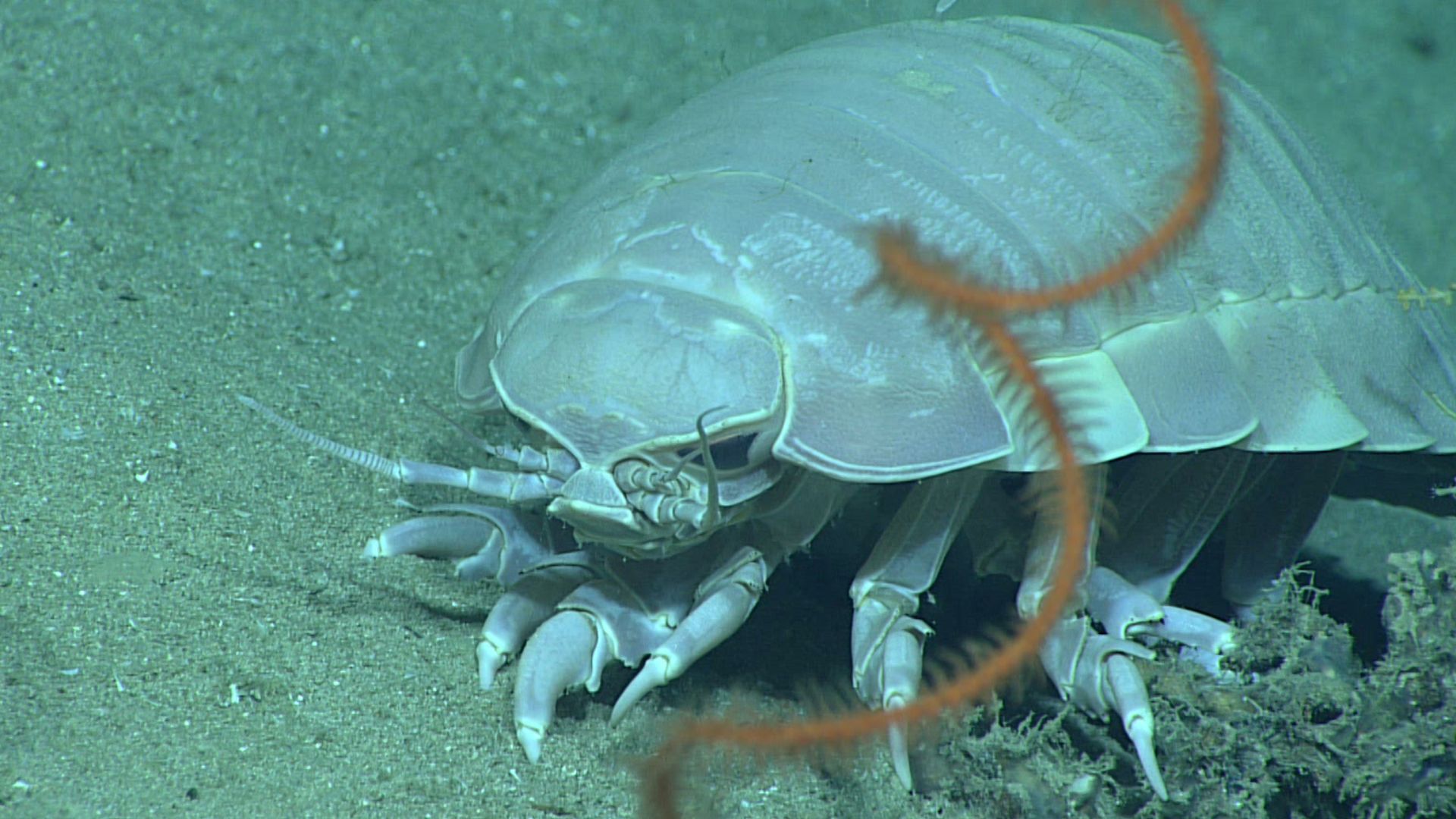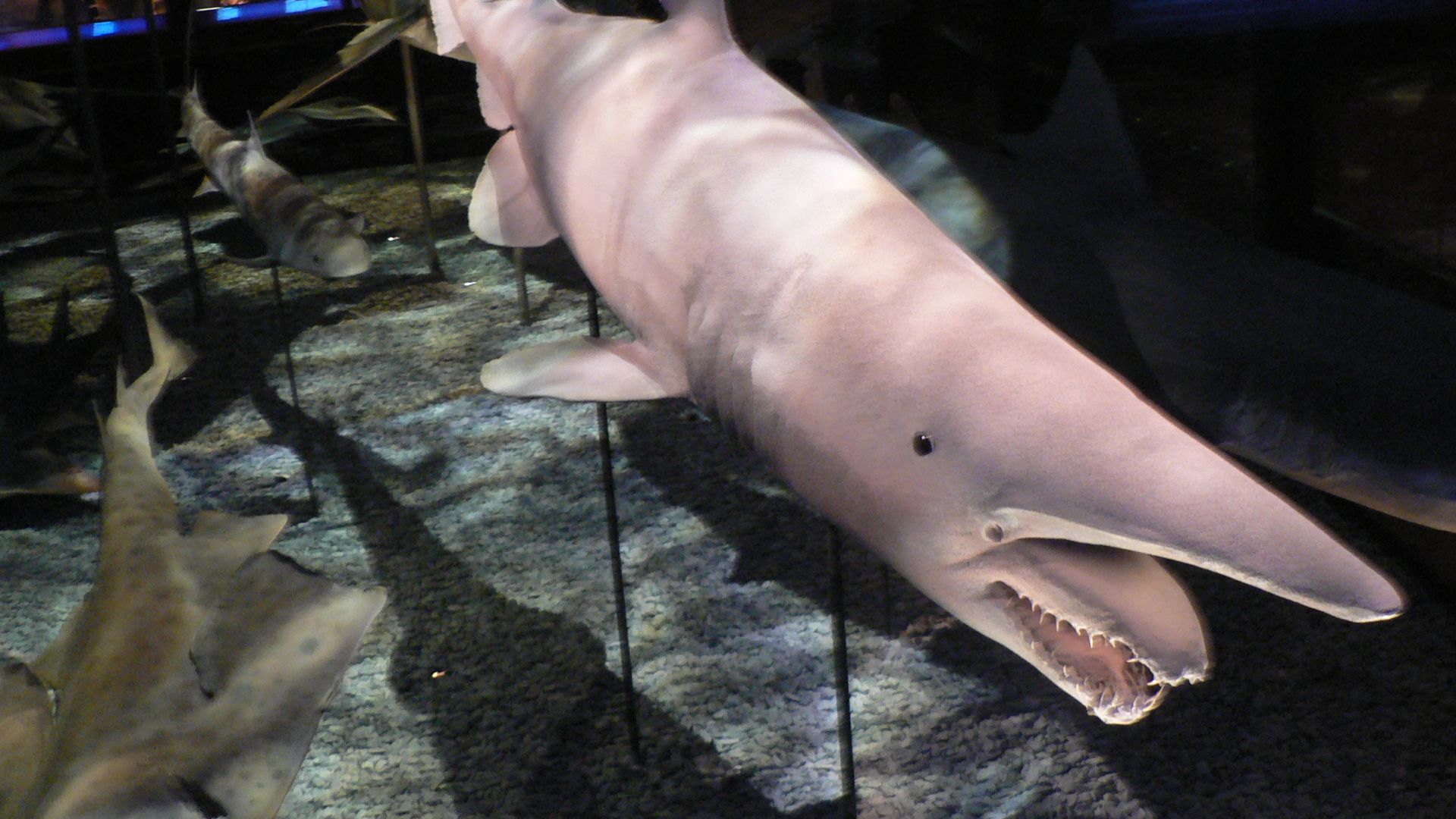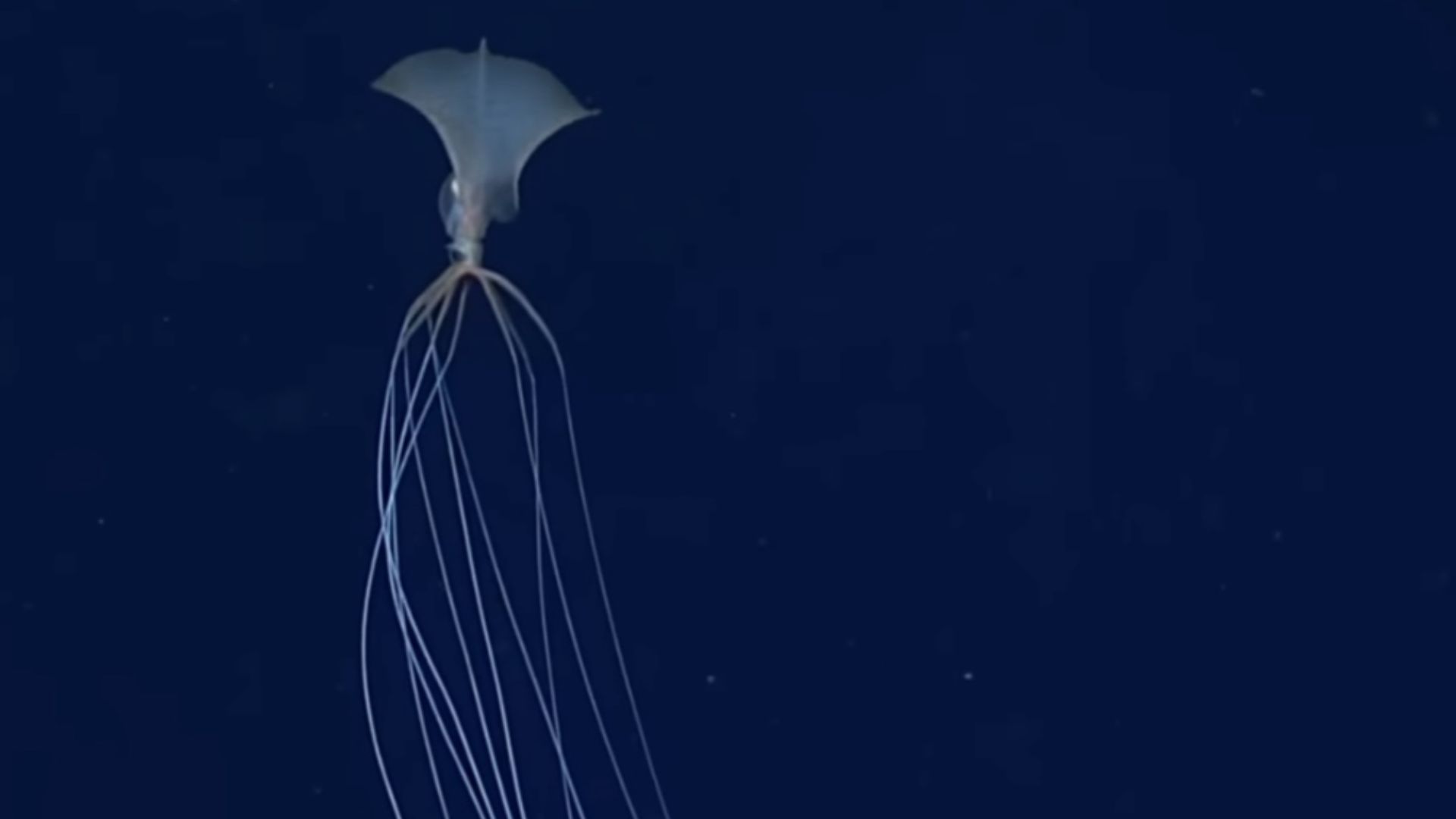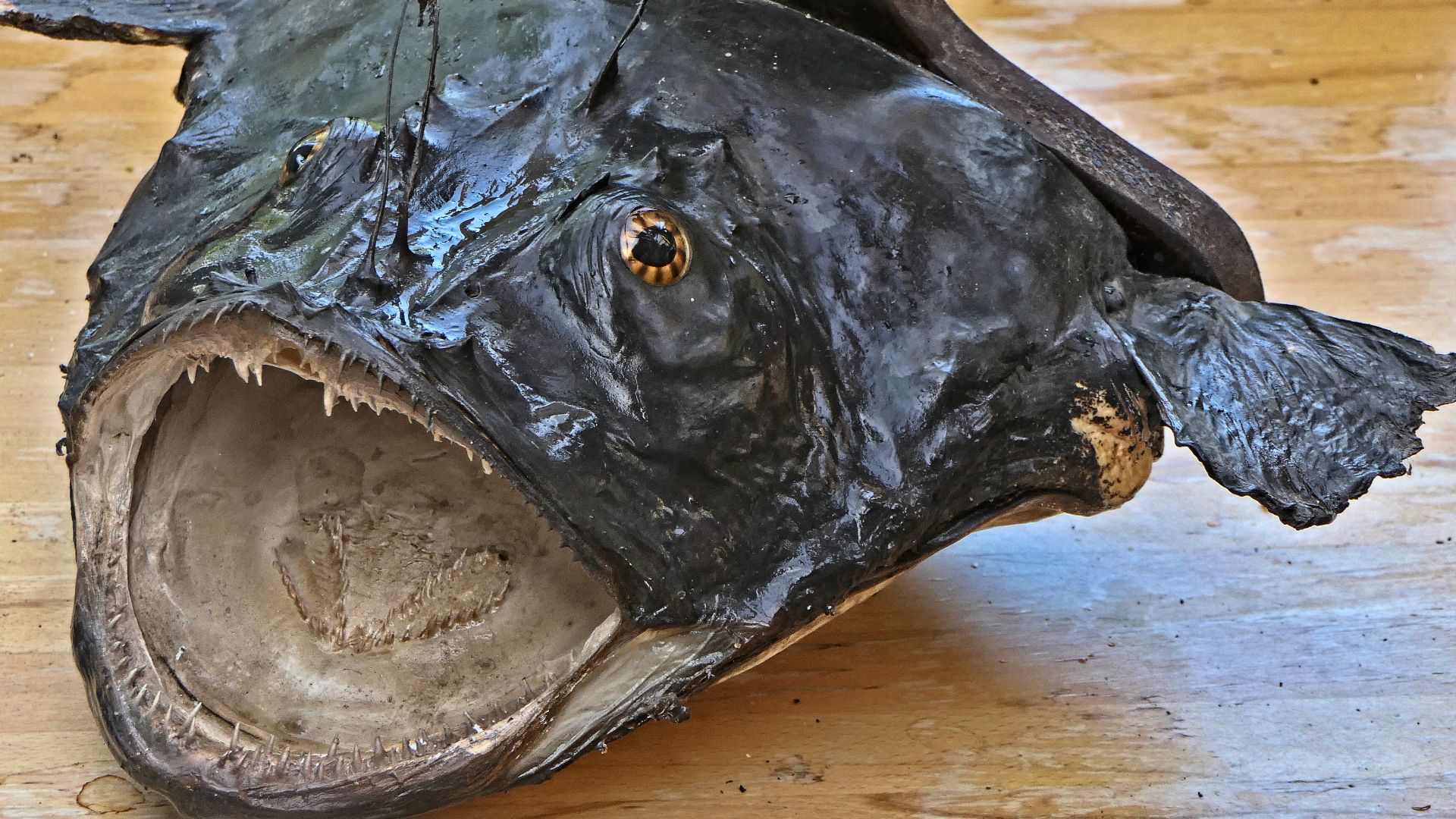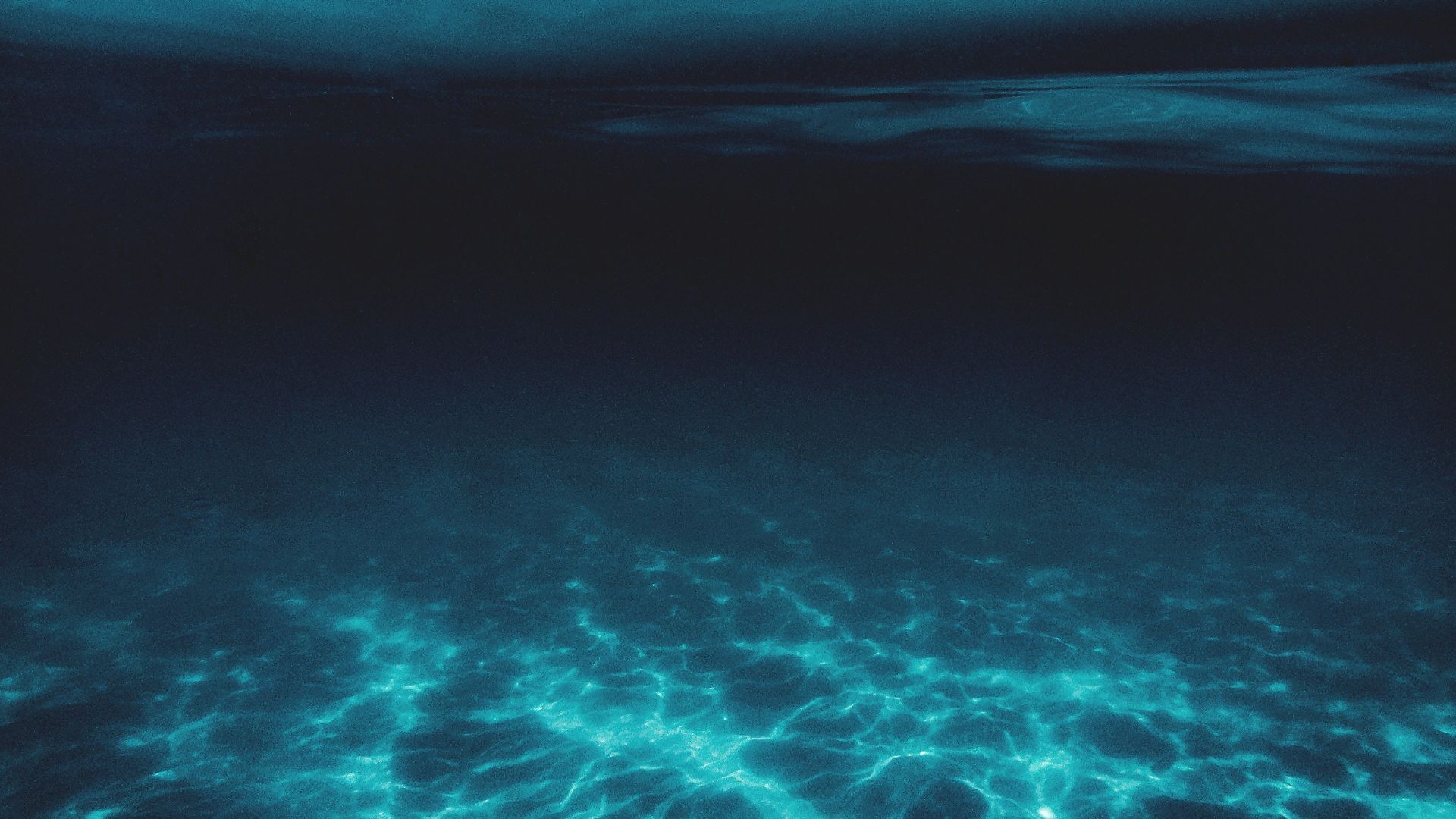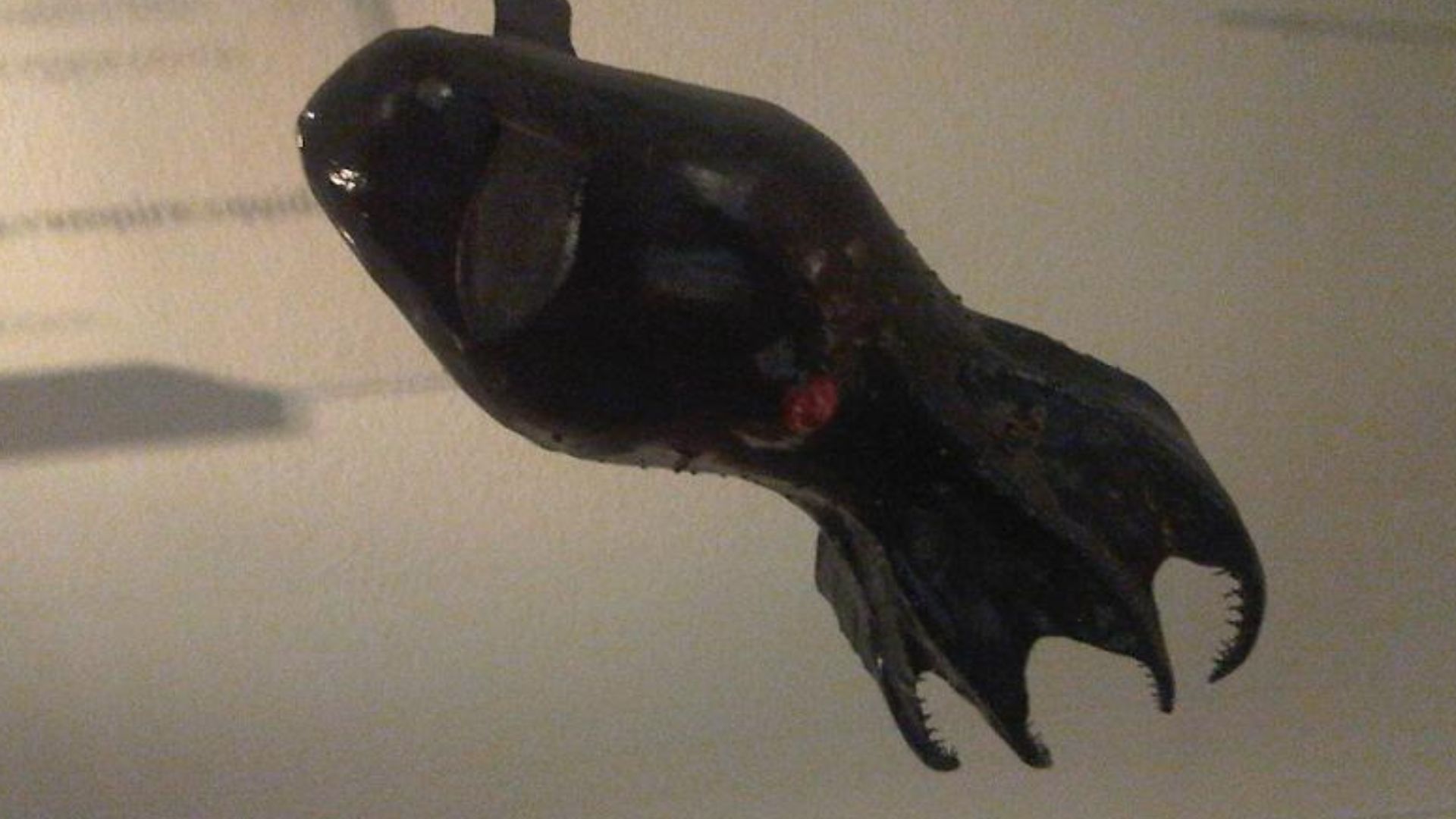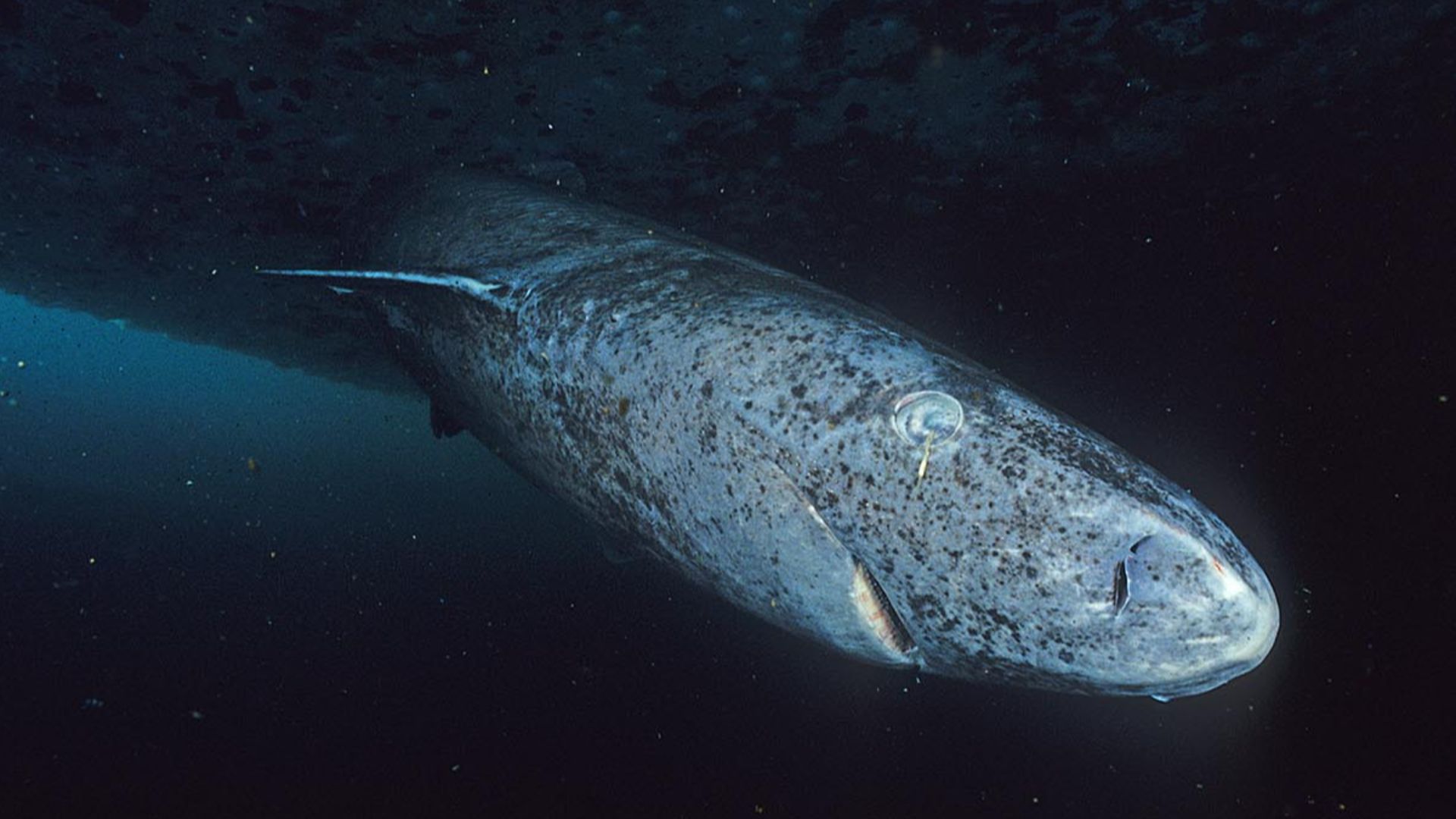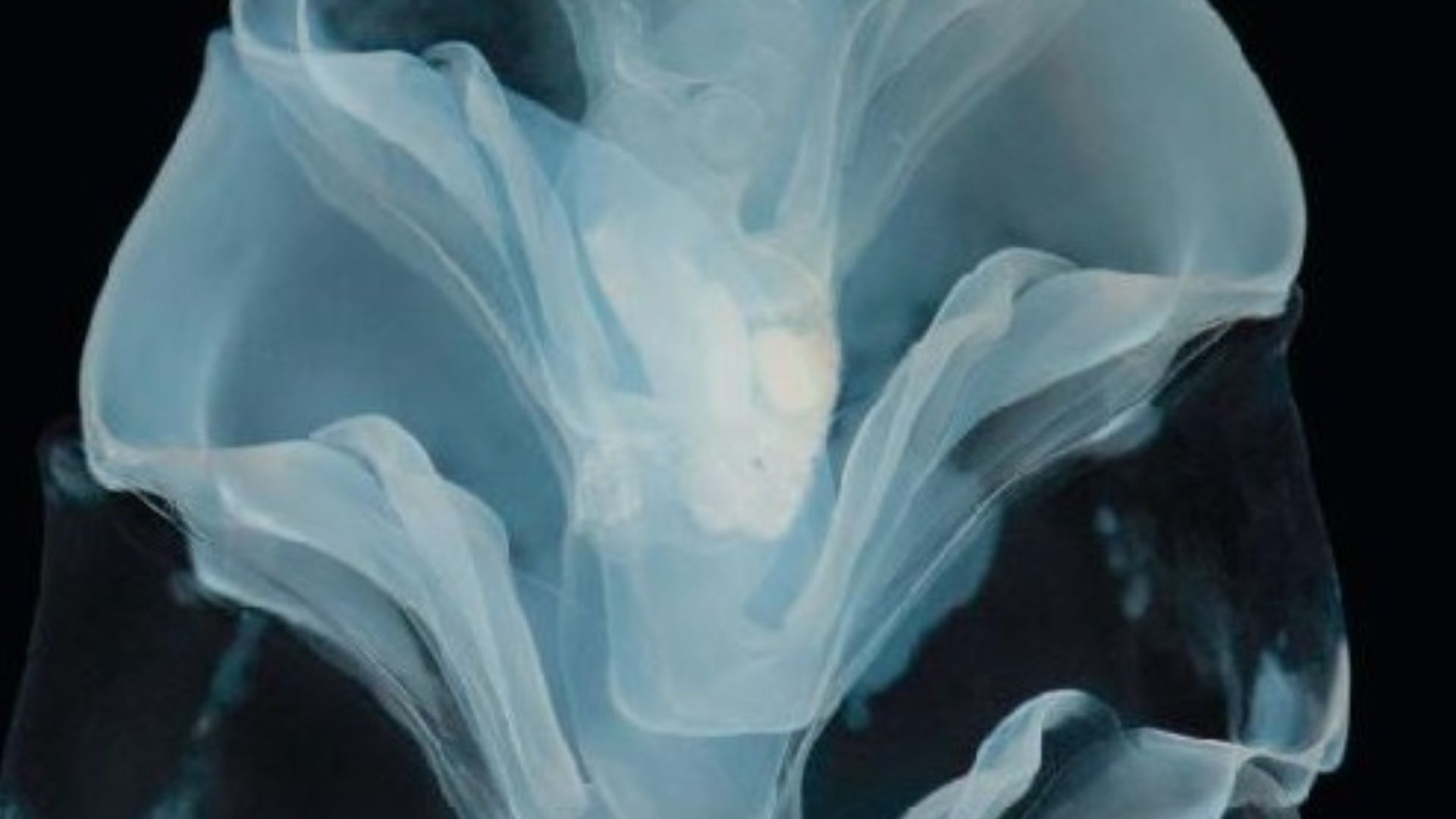Lurking Below
Plenty of people are scared of the ocean, and perhaps there is good reason to be cautious. Whether it’s fear of the unknown, or the fact that many alien-like species lurk below the depths, the ocean can be both a fascinating and terrifying place.
1. Flapjack Octopus
You can find the flapjack octopus roaming the oceans surrounding California and Japan. It’s small and has an umbrella-shaped body, making it seem like something out of the Pokémon world. It lives 1,500 meters deep and uses pulses and its webbed arms to get around.
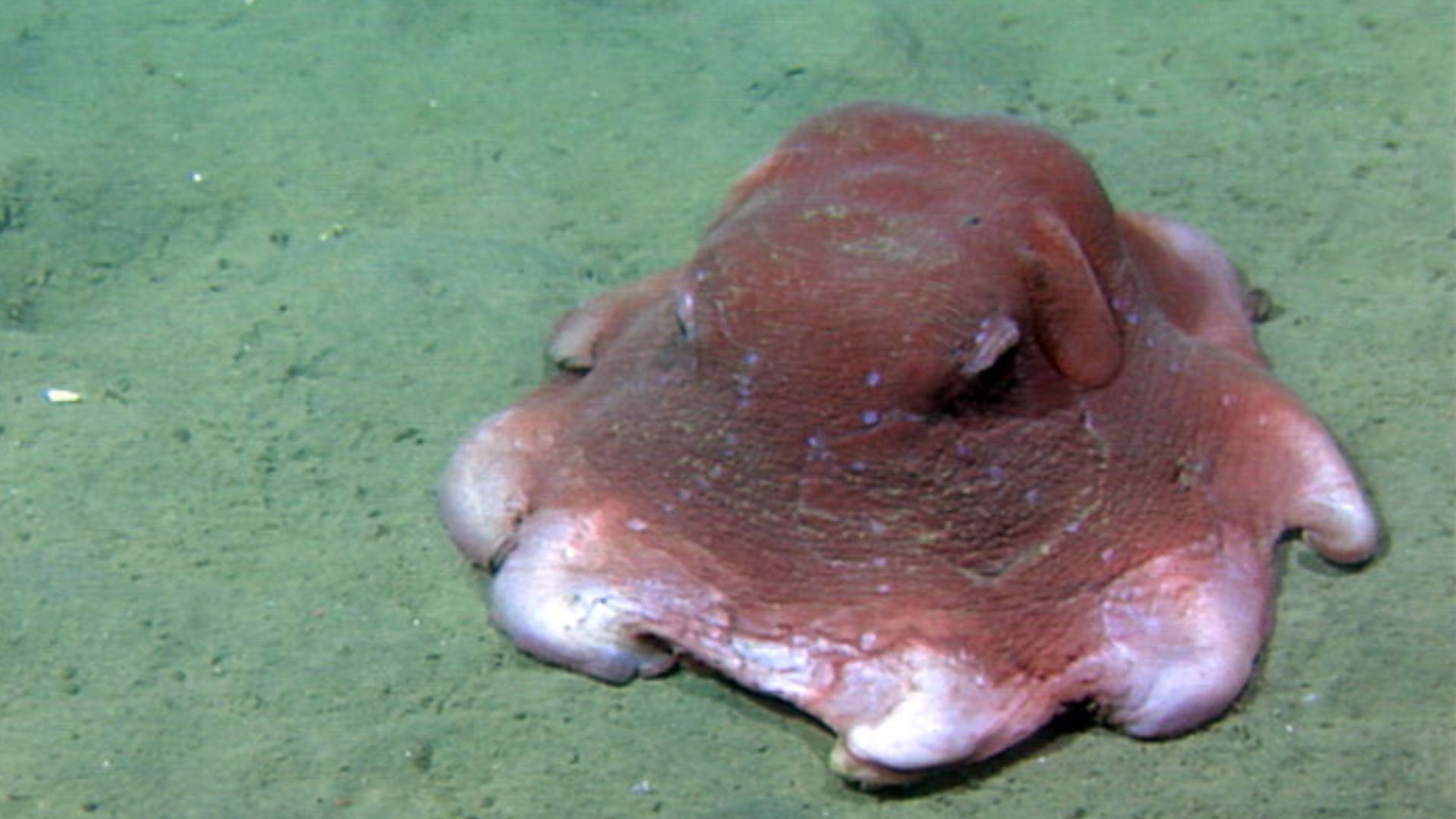 National Marine Sanctuaries on Wikimedia
National Marine Sanctuaries on Wikimedia
2. Sea Pig
This strange-looking creature is all over the world, hiding out in deep trenches in three major oceans including the Indian, Atlantic, and Pacific. It crawls around sea floors at 1,000-meter depths and is mainly a scavenger.
3. Sea Angel
This ethereal-looking creature gets its name due to its transparent wings. In reality, it’s a sea slug that seems to float across the water, hunting for shelled creatures it can trap in its mouth. Unfortunately, this creature is susceptible to both acidification and climate change.
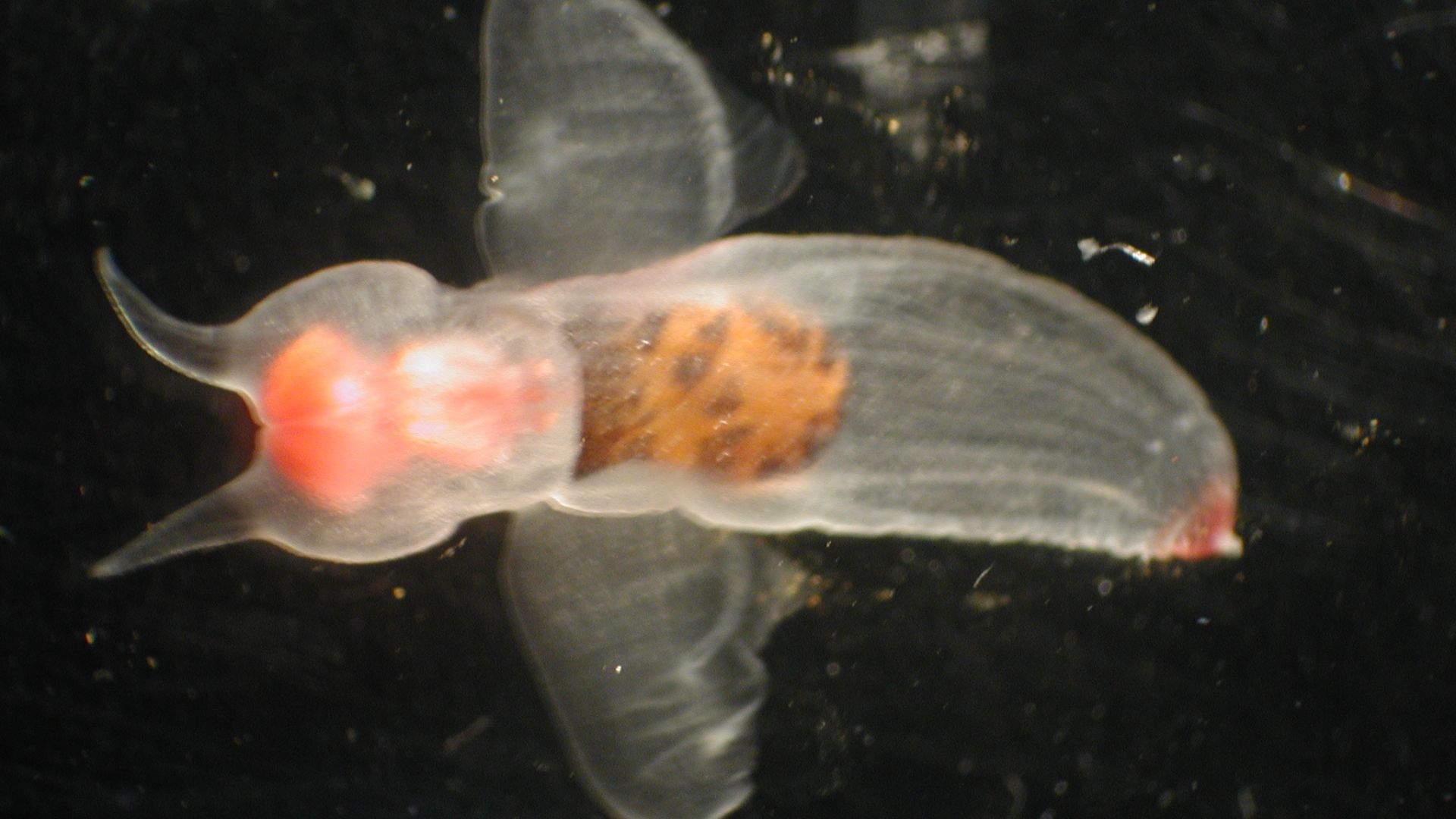 Matt Wilson/Jay Clark, NOAA NMFS AFSC on Wikimedia
Matt Wilson/Jay Clark, NOAA NMFS AFSC on Wikimedia
4. Gulper Eel
Despite its ominous appearance, the gulper eel is a rare encounter. It uses bioluminescence to attract prey, which it then quickly swallows thanks to the size of its mouth. It roams 3,000 meters below the ocean surface and can catch prey much bigger than itself.
5. Giant Larvacean
Found all over the world in the deep sea, mostly at the 500-meter mark, the larvacean is a passive hunter. It collects microscopic food in its net-like body and is quite harmless to people.
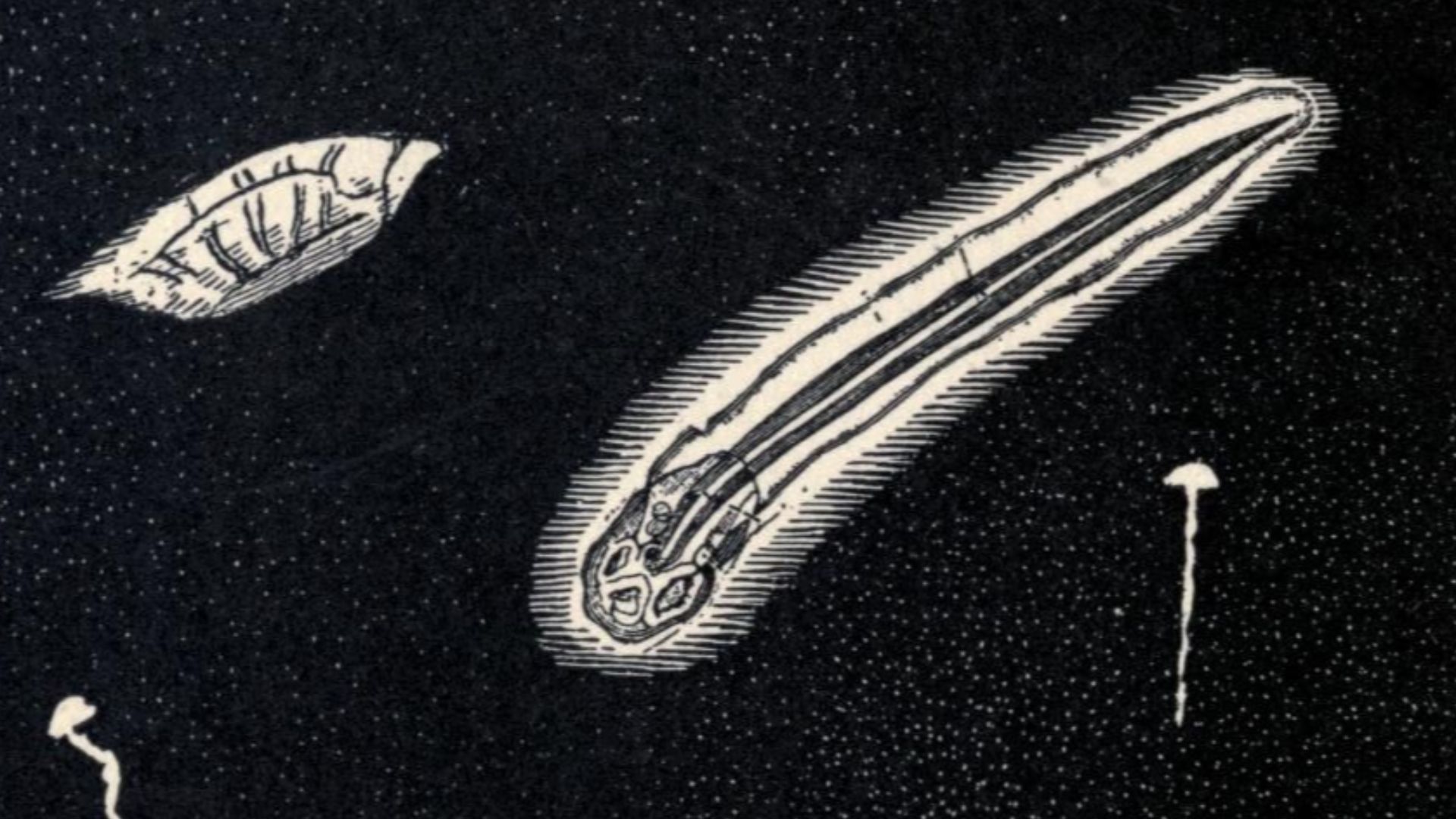 Holder, Charles Frederick on Wikimedia
Holder, Charles Frederick on Wikimedia
6. Frilled Shark
Sharks get quite a bad reputation as dangerous hunters, and while the frilled shark is certainly an ambush predator, it’s no concern for humans. It lives at 1,500-meter depths and mainly hunts squids and fish that pass it by.
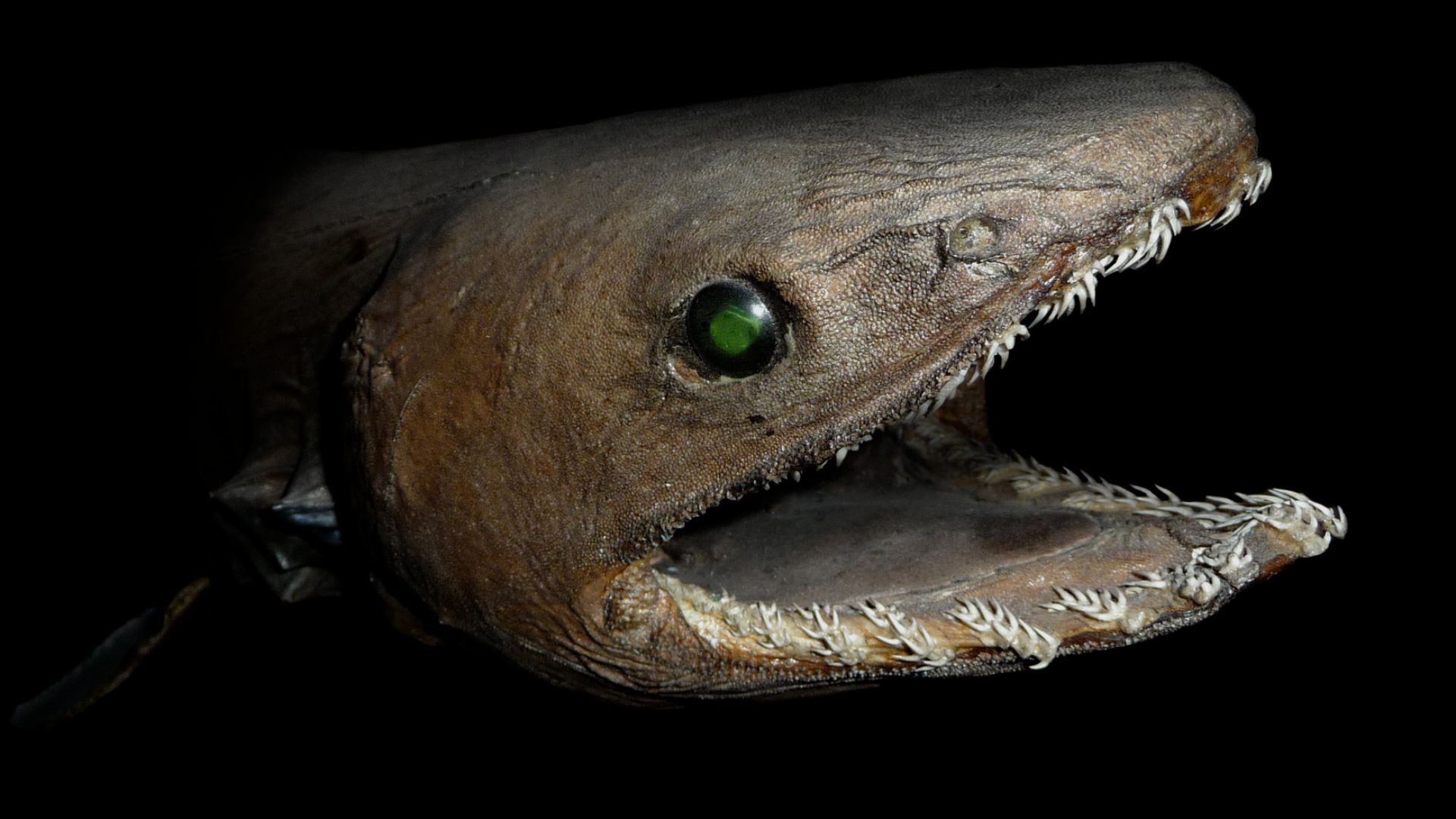 This illustration was made by Citron You must credit this : Citron / CC-BY-SA-3.0 on Wikimedia
This illustration was made by Citron You must credit this : Citron / CC-BY-SA-3.0 on Wikimedia
7. Cookiecutter Shark
Another shark with an arguably cuter name, the cookiecutter has a strange shape and suction-cup lips for a mouth. It lurks at the 1,000-meter mark and can easily latch onto larger animals, taking pieces out of them. Unlike the frilled shark, the cookiecutter is known to bite submarines and people that get too close.
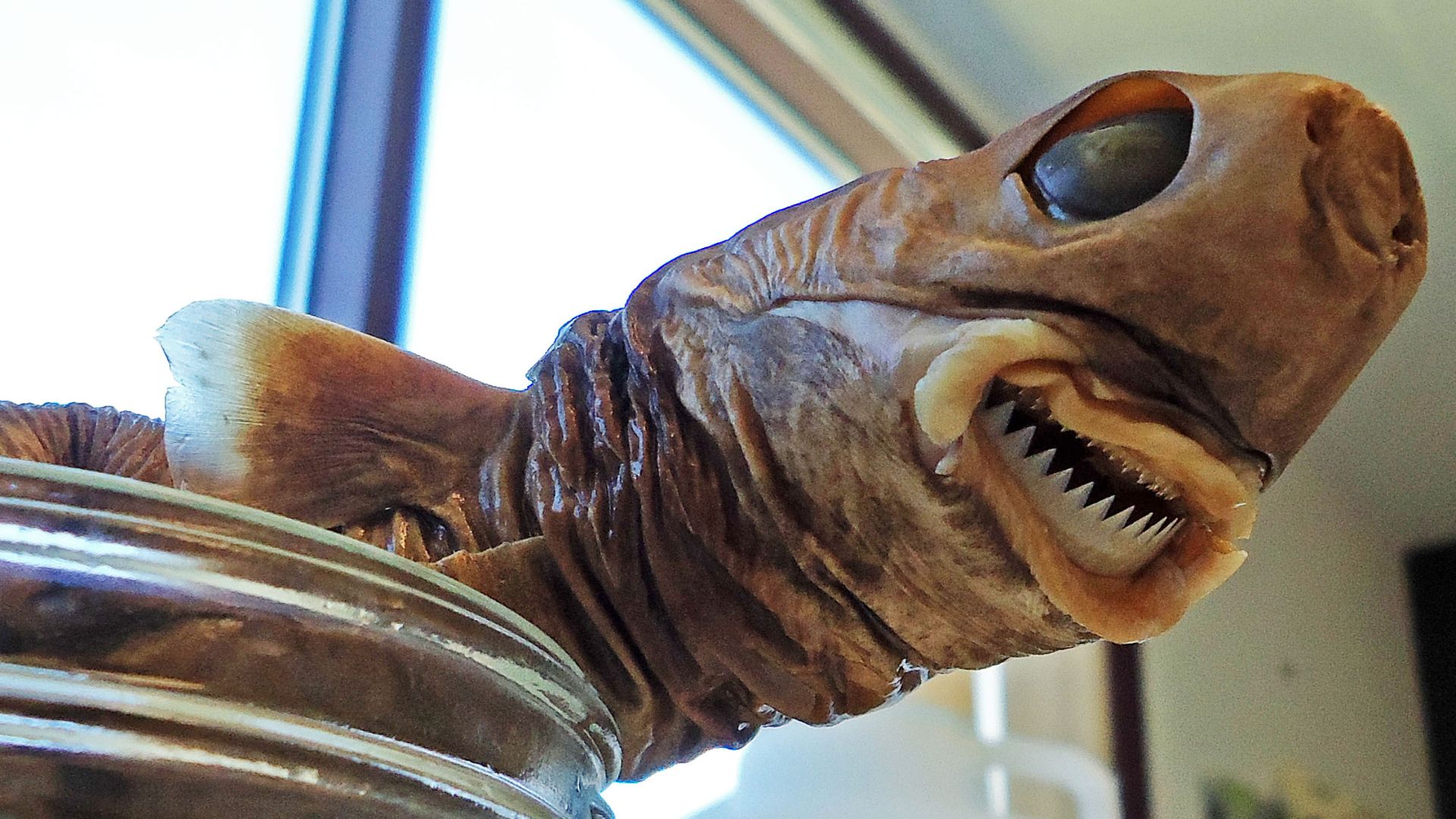 Jennifer Strotman on Wikimedia
Jennifer Strotman on Wikimedia
8. Giant Isopod
If you have a fear of insects, you’ll probably want to stay as far away as possible from the giant isopod. It’s essentially an armored crustacean that looks a lot like a pill bug. Luckily, it’s just a scavenger and focuses on cleaning up whatever falls to the ocean floor.
9. Viper Fish
Meanwhile, the viper fish is another harmless creature when it comes to humans. However, for smaller fish, it’s a big threat. It uses bioluminescence to lure in unsuspecting prey, then snaps them up before they can react.
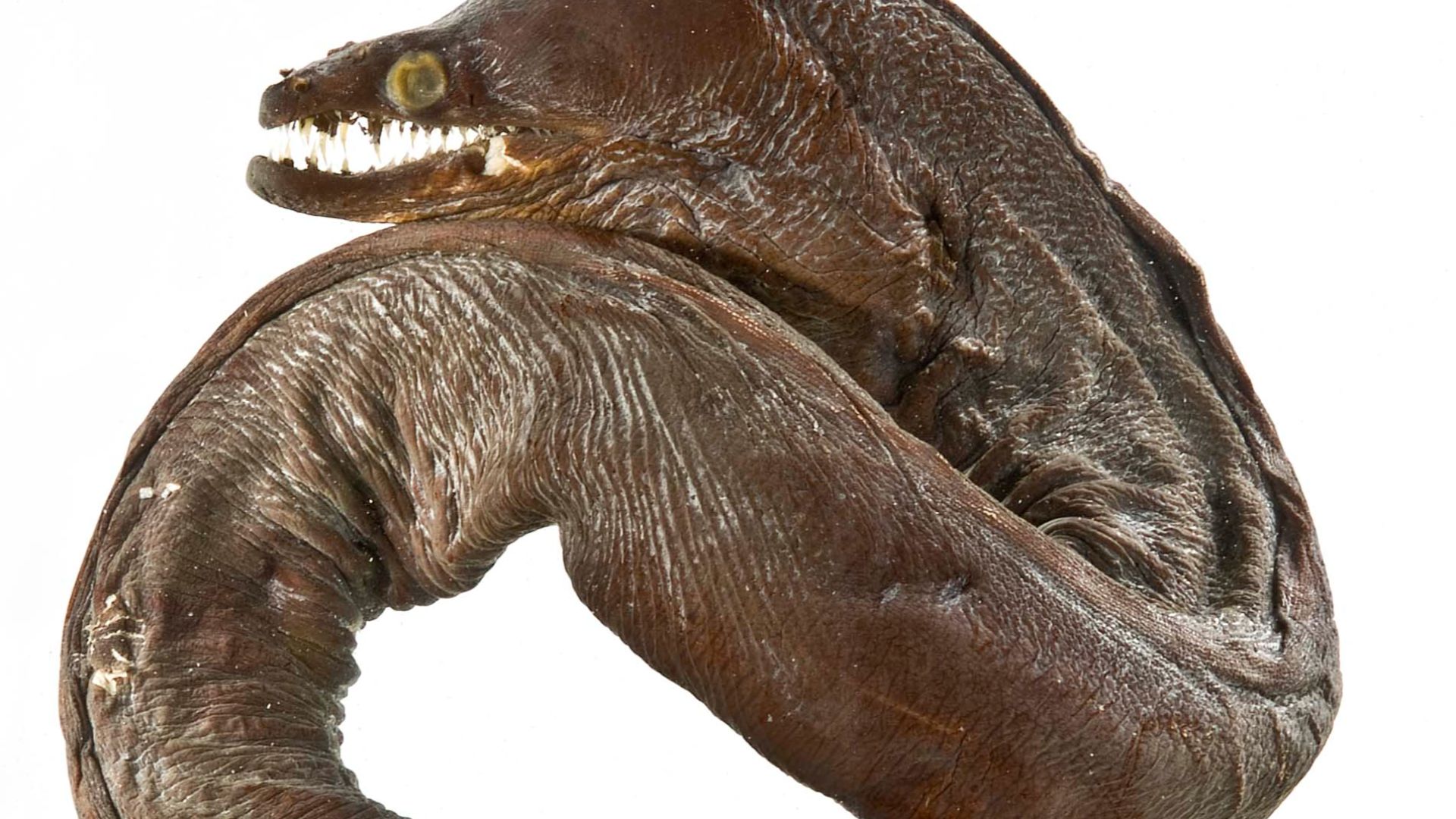 Sandra Raredon/Smithsonian Institution on Wikimedia
Sandra Raredon/Smithsonian Institution on Wikimedia
10. Goblin Shark
Plenty of people have heard of the goblin shark, which is also a relatively harmless but scary-looking deep-water predator. It hunts at a depth of 1,000 meters and uses electroreceptors to identify targets before using its extendable jaw to clamp them up.
11. Comb Jelly
Found all over the world, the comb jelly has one of the most unique appearances out there. It uses sticky tentacles to capture plankton as it drifts through open water. Its iridescent light show only helps it attract more prey.
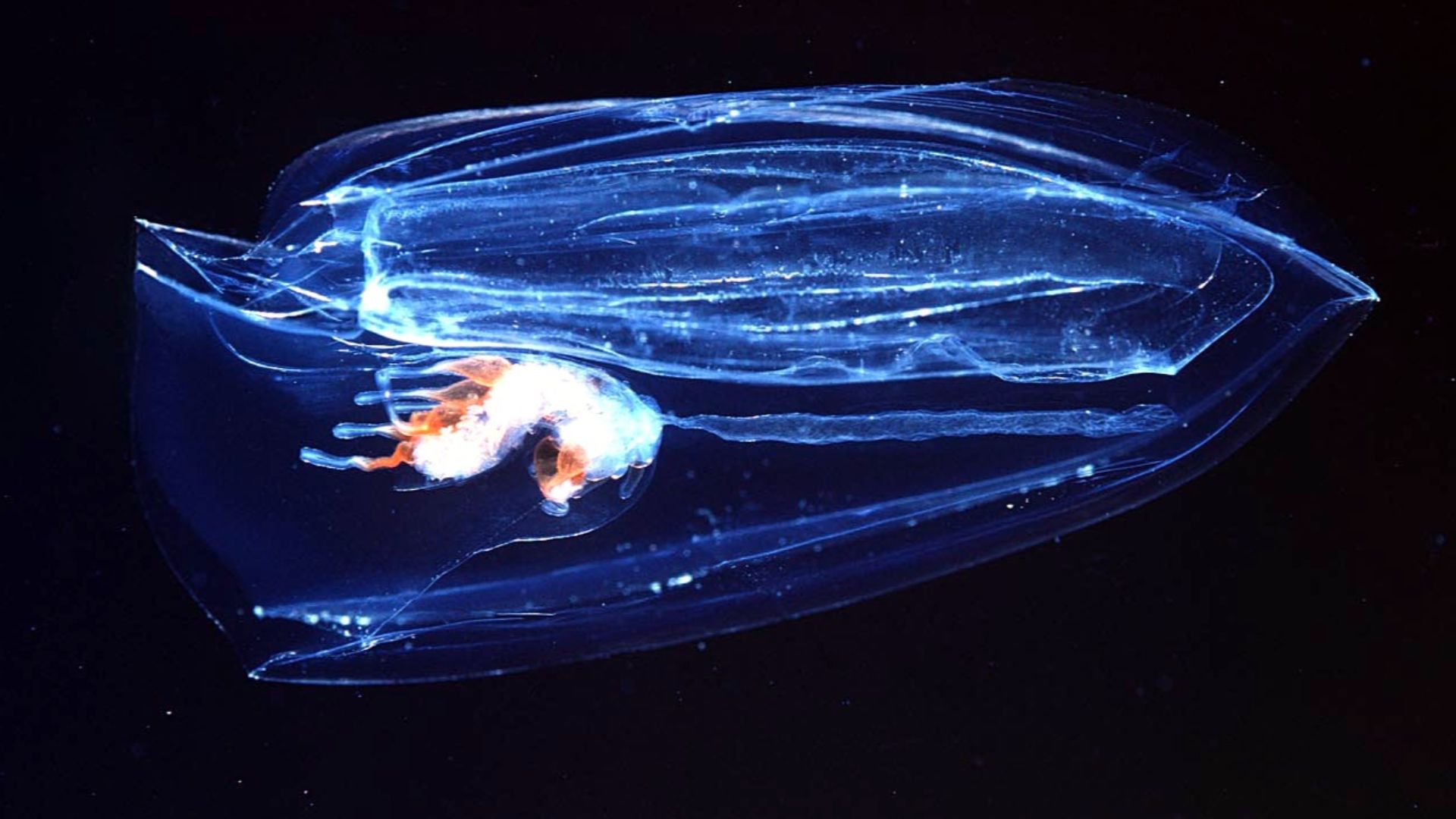 user:uwe kils, edited by Arne Nordmann (norro) on Wikimedia
user:uwe kils, edited by Arne Nordmann (norro) on Wikimedia
12. Goosefish
Sitting on the sea floor of the North Atlantic, the goosefish is a type of anglerfish that focuses on burying itself in wait for ambush opportunities. Like other anglerfish, it also uses bioluminescence.
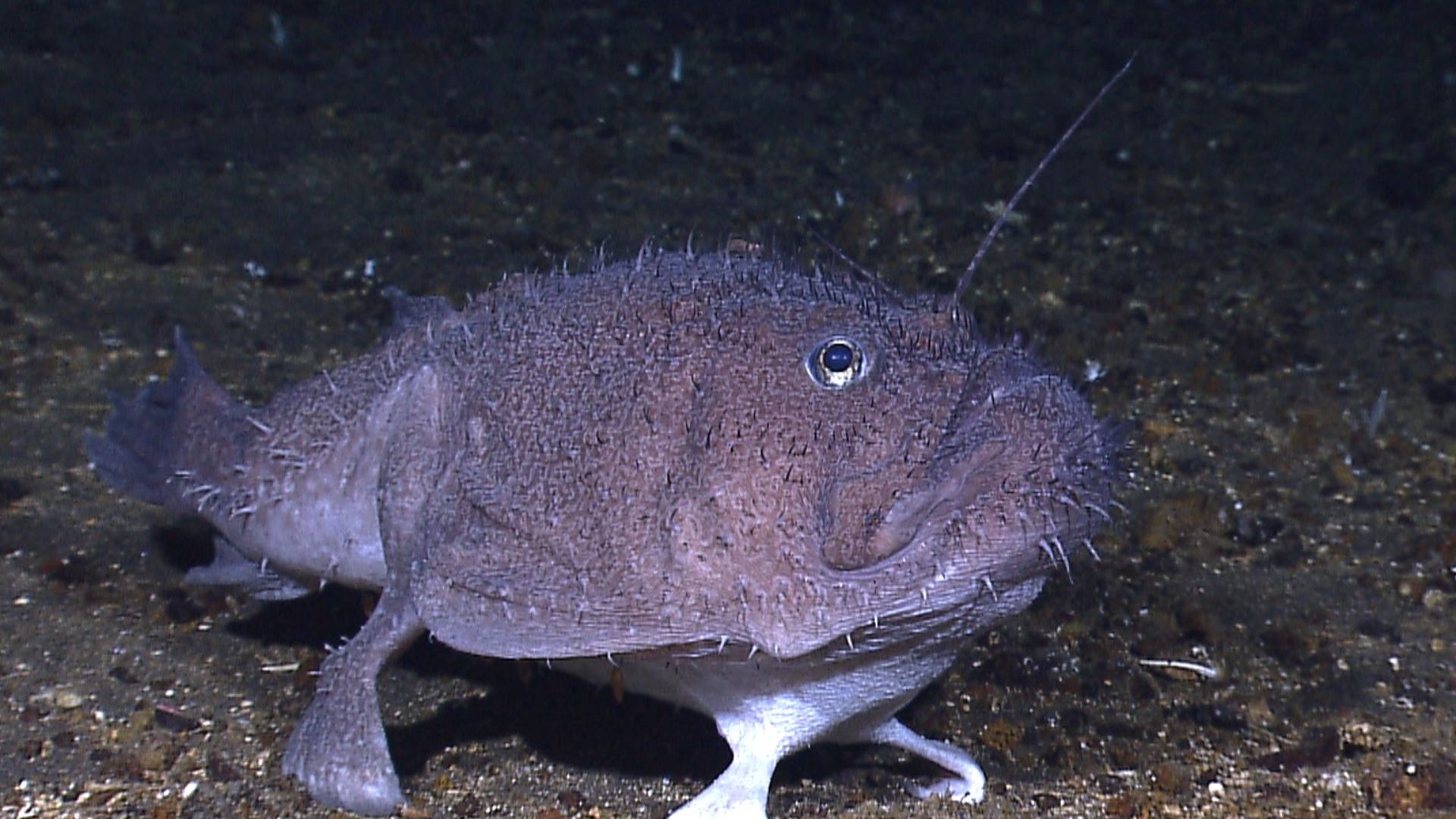 NOAA Photo Library on Wikimedia
NOAA Photo Library on Wikimedia
13. Bigfin Squid
Out of all the squids that roam the deep oceans, the bigfin certainly has an alien-like appearance. Running into this squid is quite rare, and very little is known about it. It’s believed that the squid drags its arms along the seabed in order to find and catch prey.
14. Japanese Spider Crab
The Japanese spider crab is the world’s largest crab, spanning a resounding 12 feet. It spends most of its time at a depth of 600 meters and focuses on scavenging.
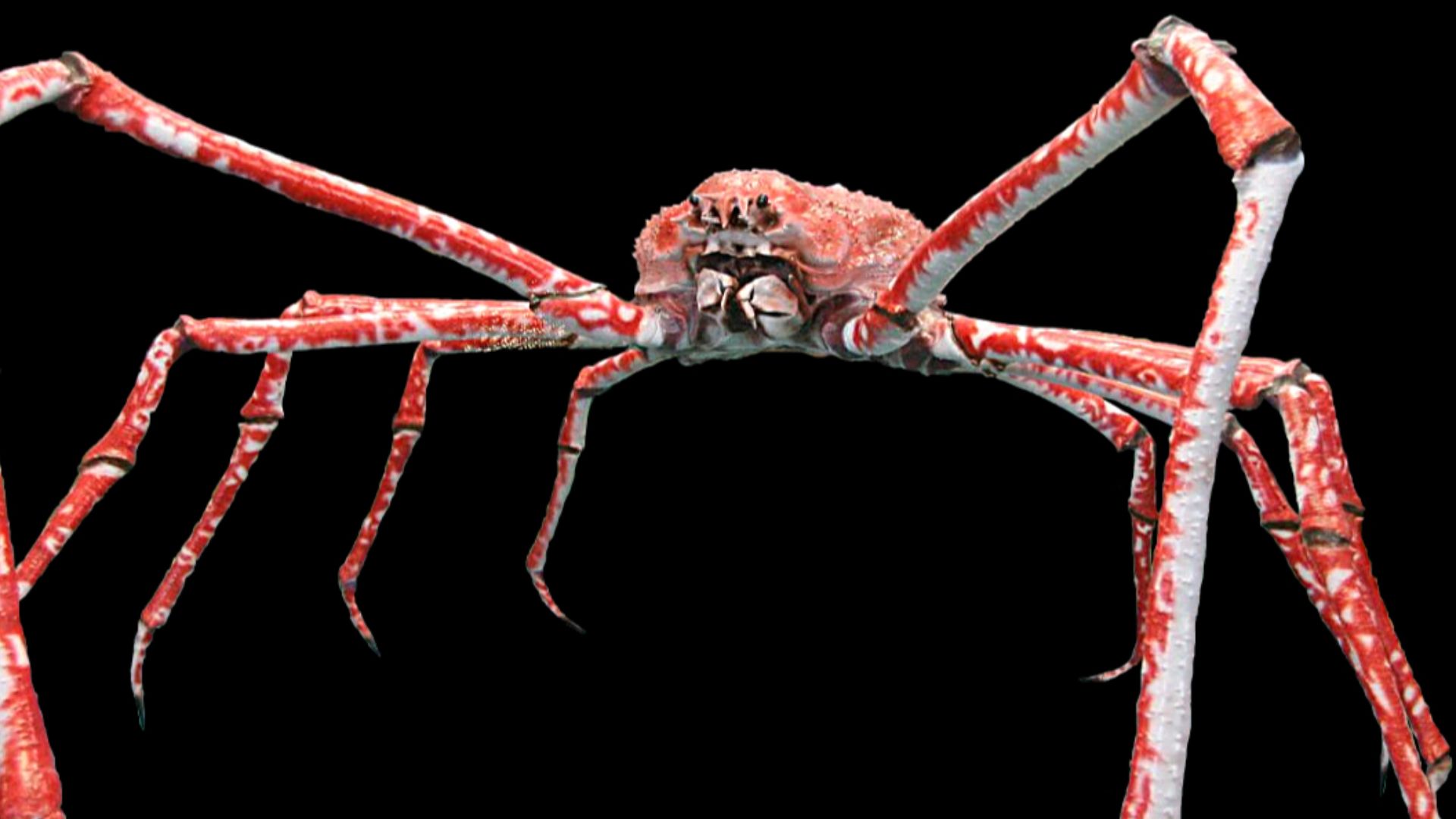 Lycaon (Hans Hillewaert) on Wikimedia
Lycaon (Hans Hillewaert) on Wikimedia
15. Sniper Eel
With a name like that, it’s no surprise that this eel uses the snap-trap method to grab passing-by fish. It dwells in what is known as the twilight zone, mainly at the 1,500-meter mark.
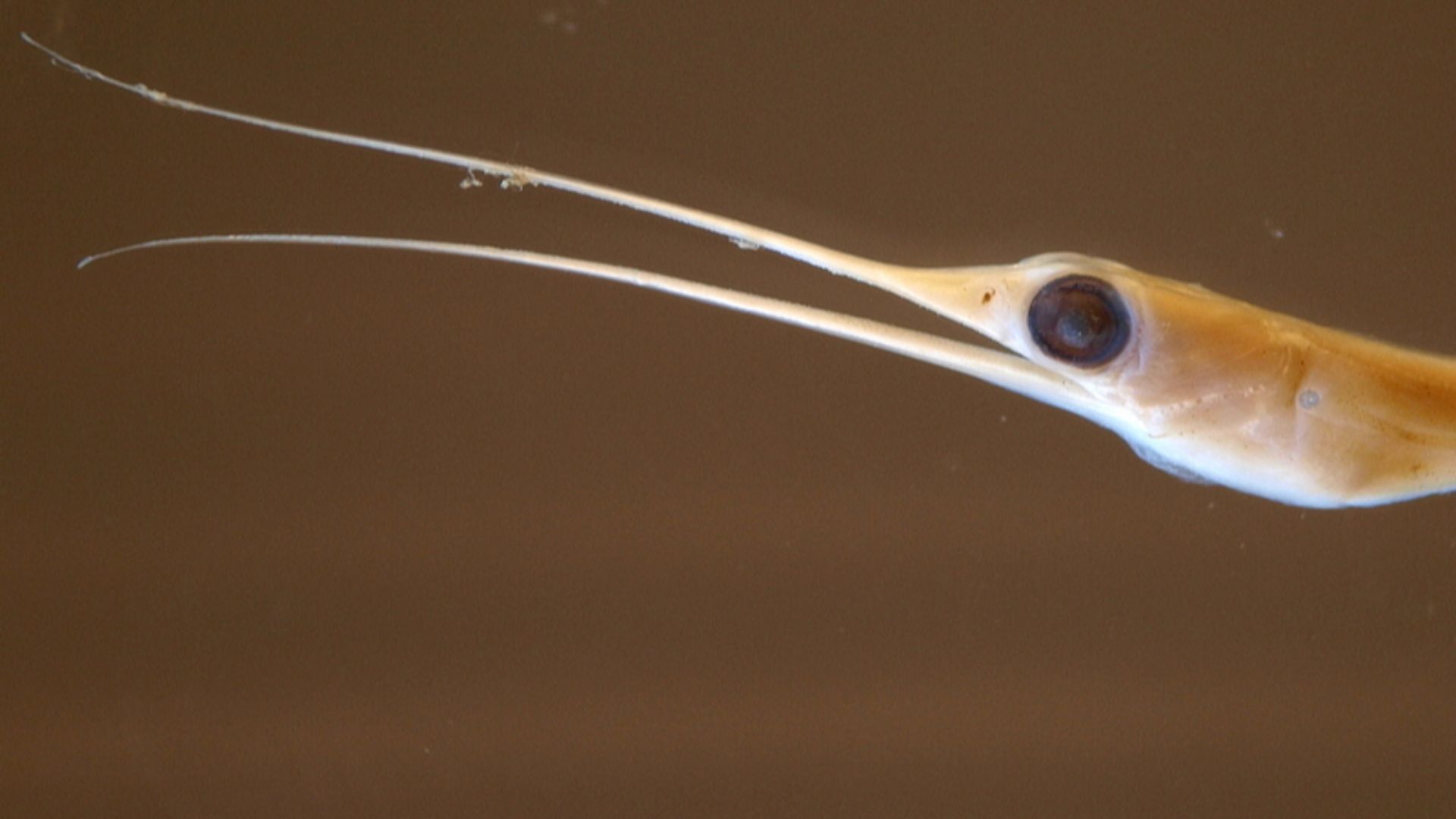 opencage さん http://ww.opencage.info/pics/ on Wikimedia
opencage さん http://ww.opencage.info/pics/ on Wikimedia
16. Anglerfish
Plenty of people remember the intimidating-looking anglerfish in Finding Nemo. While they’re not as big as the movie screen made them out to be, they do lurk at the 1,000-meter mark and use bioluminescence to attract unsuspecting prey.
17. Brier Shark
The brier shark is another deep-sea predator you’ll likely never encounter. It’s quite rare, and so very little is known about it. It lives at the 1,000-meter mark and is best known for its scaleless skin.
18. Vampire Squid
Returning to the world of squid, the vampire squid is able to make its home in the oxygen-depleted ocean zones at the 1,200-meter mark. It’s spooky looking but relatively harmless to people, as it mainly focuses on passively hunting by catching particles in its filaments.
19. Greenland Shark
The Greenland shark is known as one of the world's longest-living creatures, easily surviving for 400 years if left to its own devices. It’s quite slow, taking its time to move through the Arctic and North Atlantic depths. It’s harmless unless provoked and is even toxic to eat.
20. Giant Siphonophore
The siphonophore is not one creature, but many. A colonial organism, it can be 40 meters in length and passively catches creatures in its massive tentacle-like structure. It has a painful sting but mostly leaves humans alone.


